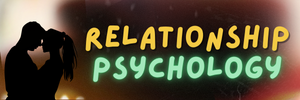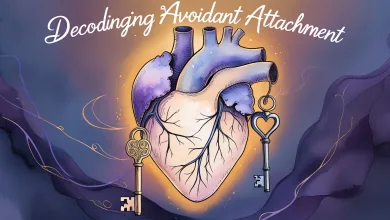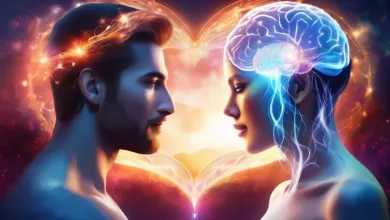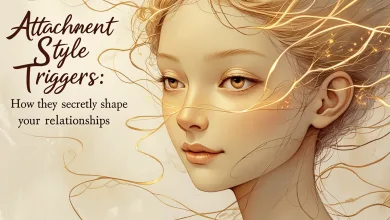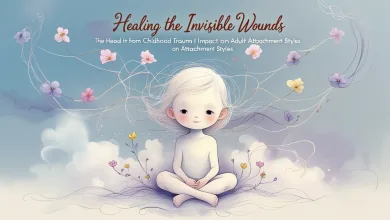Dating Someone with Disorganized Attachment: Healing, Understanding, and Growing Together
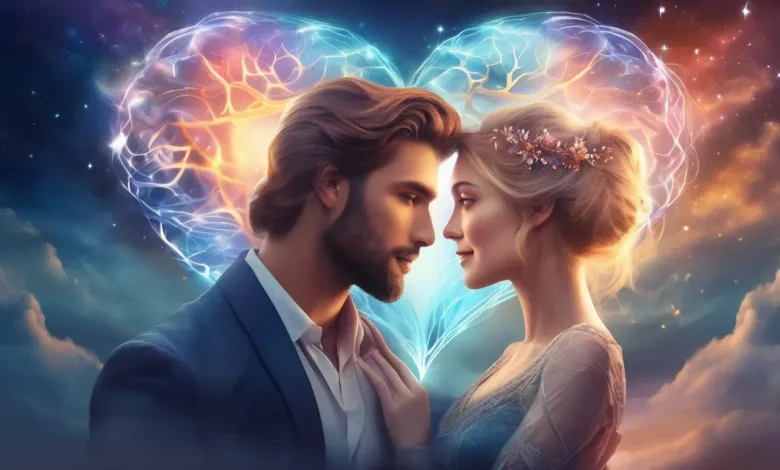
Love isn’t always straightforward, especially when your partner carries the complex emotional landscape of disorganized attachment. Buckle up for a compassionate journey into understanding, healing, and creating meaningful connections.
Introduction
Picture this: You’re head over heels, but something feels… off. Your partner oscillates between craving intimacy and pushing you away faster than you can say “commitment issues.” Welcome to the intricate world of dating someone with disorganized attachment – a rollercoaster that’ll test your patience, empathy, and emotional resilience.
Disorganized attachment isn’t just a fancy psychological term; it’s a deeply ingrained relational pattern that can make love feel like navigating a minefield blindfolded. But here’s the good news: understanding is the first step towards healing, and this guide is your roadmap.

What Exactly is Disorganized Attachment?
The Roots of Emotional Complexity
Disorganized attachment isn’t something that happens overnight. It’s typically born from early childhood experiences where primary caregivers were sources of both comfort and fear. Imagine a child who looks to their parent for safety but simultaneously experiences unpredictability or trauma – that’s the breeding ground for this attachment style.
Key characteristics include:
- Simultaneous desire for and fear of intimacy
- Extreme emotional volatility
- Difficulty trusting partners
- Inconsistent relationship behaviors
- Deep-seated fear of abandonment
The Neuroscience Behind the Patterns
Our brains are incredible storytellers, and disorganized attachment is like a complex narrative written in childhood. Traumatic or inconsistent early experiences can literally rewire neural pathways, creating survival mechanisms that persist into adulthood.

Red Flags and Recognition: Is Your Partner Showing Signs?
Emotional Hot and Cold: The Classic Dance
Watch for these telltale signs:
- Sudden emotional withdrawals
- Intense fear of rejection
- Difficulty maintaining consistent emotional intimacy
- Extreme reactions to perceived abandonment
- Oscillating between clinging and pushing away
Navigating the Relationship: Strategies for Support
Creating a Safe Emotional Landscape
Supporting a partner with disorganized attachment isn’t about “fixing” them – it’s about creating a consistently safe, predictable environment. Think of yourself as an emotional archaeologist, gently uncovering layers of past hurt with patience and understanding.
Communication is Key
- Use “I” statements
- Practice active listening
- Validate their feelings without judgment
- Establish clear, consistent boundaries
Professional Help: When to Seek Support
Therapy can be a game-changer. Recommend:
- Individual therapy for your partner
- Couples counseling with attachment-informed therapists
- Trauma-informed therapeutic approaches

Maintaining Your Own Emotional Well-being
Self-Care Isn’t Selfish, It’s Necessary
Dating someone with complex emotional needs can be exhausting. Remember:
- Set clear personal boundaries
- Engage in regular self-reflection
- Maintain your support network
- Consider personal therapy or counseling
FAQs About Disorganized Attachment
Q: Can disorganized attachment be healed? A: Absolutely! With consistent support, therapy, and personal commitment, individuals can develop more secure attachment styles.
Q: How long does healing take? A: There’s no universal timeline. Healing is a deeply personal journey that varies for each individual.
Q: Should I stay in the relationship? A: This depends on mutual commitment to growth, willingness to seek help, and your personal emotional capacity.
Wrapping Up the Journey: Final Thoughts
Love with someone experiencing disorganized attachment isn’t for the faint-hearted. It requires extraordinary patience, empathy, and self-awareness. But for those willing to walk this path, the rewards can be profound – deep emotional growth, incredible resilience, and a love that’s been forged through understanding.
